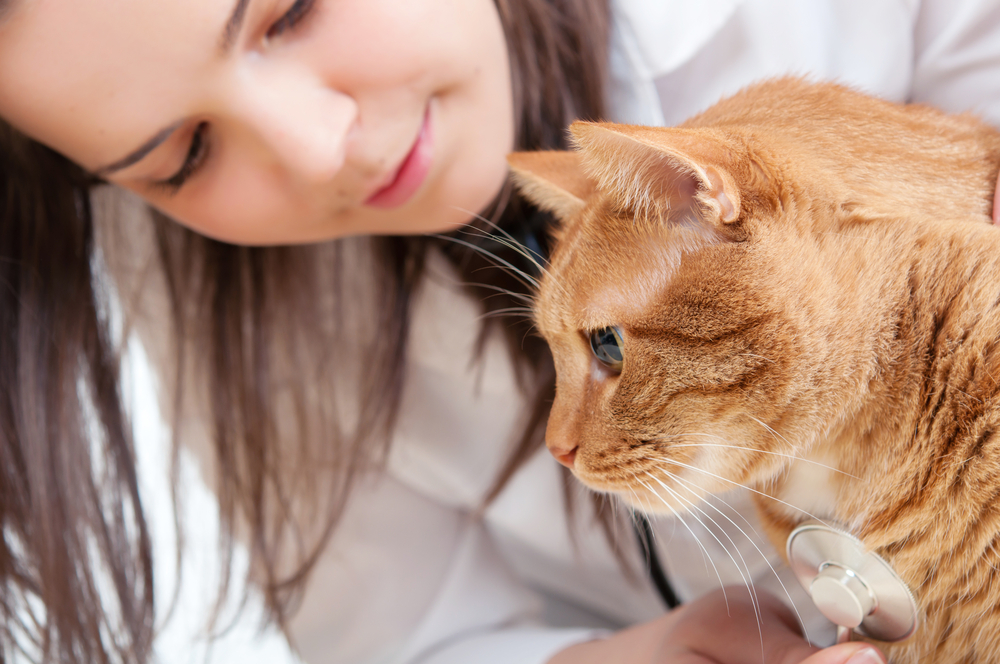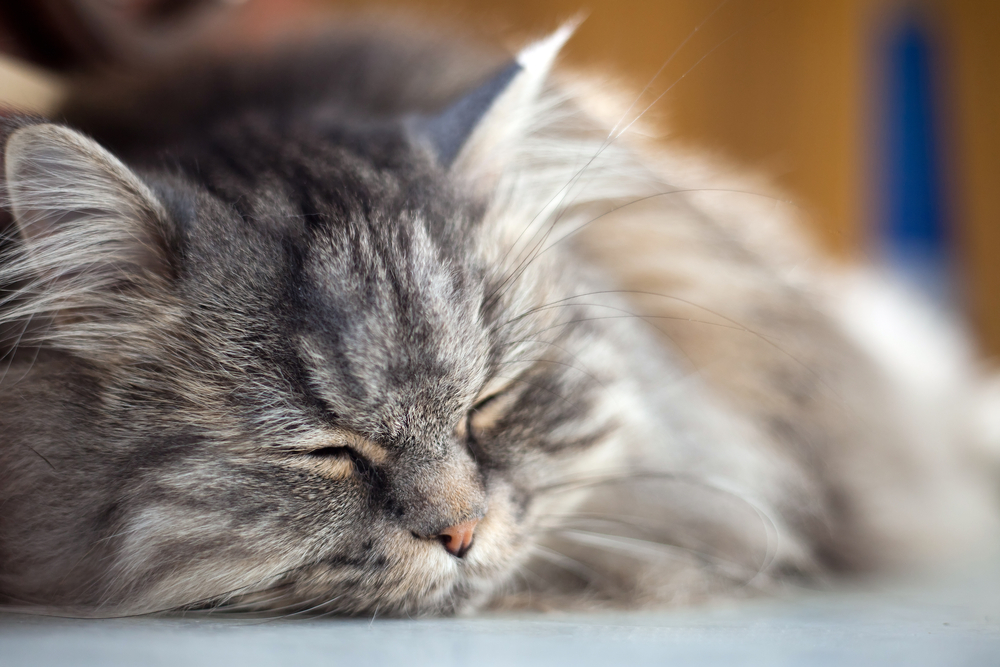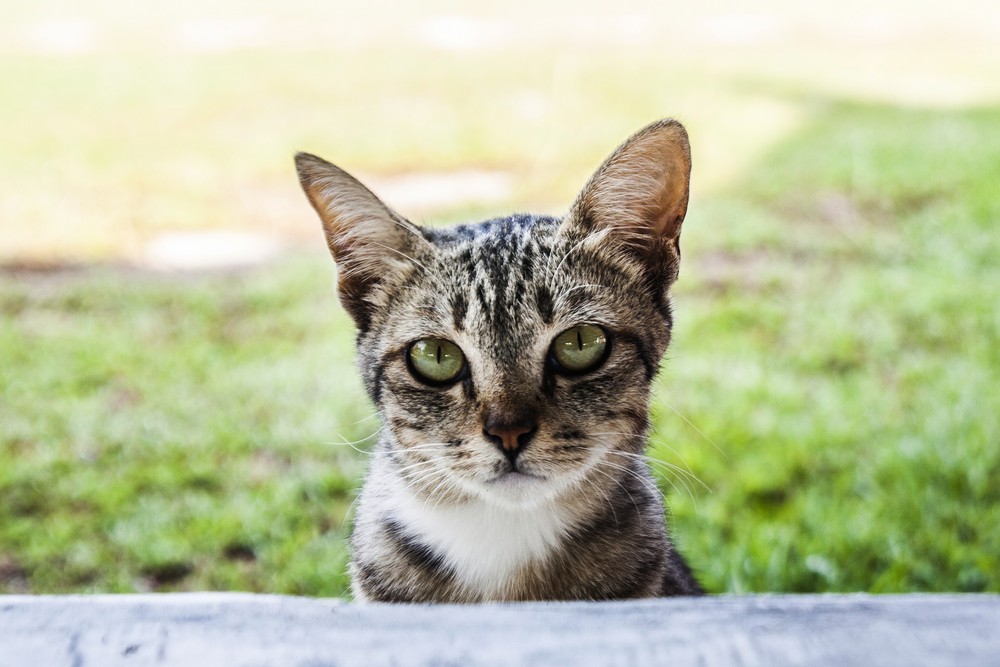

Flea bite hypersensitivity or flea allergic dermatitis is very common in cats. In fact, it is the most common skin disease to be diagnosed in pets. Flea allergies usually develop when cats are young (less than one and up to five years of age), but can begin at any age. Flea saliva is actually believed to be the cause for the allergy or sensitivity.
The flea life cycle includes the adult flea, egg, larva and pupa. Adult fleas do bite, but cannot survive long if they are not on an animal. Once the adult flea lays its eggs on the host cat it will fall off, leaving the eggs to mutate through the rest of their life cycles. The rest of the flea's life cycle then occurs on the host cat, and the generational cycle continues and grows until the flea population has been eradicated entirely.
Flea bite hypersensitivity or flea allergic dermatitis usually causes severe itching, a condition that is medically referred to as pruritis. Since as few as one or two flea bites a week can cause pruritis, symptoms will often persist even after some form of flea control has been applied. Most cats will have symptoms that worsen with age, but symptoms are also often episodic. Cats especially will sometimes suffer from a related conditon called neurodermatoses, a behavioral problem that comes about as the result of anxiety related flea bite hypersensitivity.
Most owners will first notice frequent and severe itching and scratching, hair loss, and scabs on their cat's skin. Many times the hind end is affected more than the front of the body or the head, however, cats that are suffering from an allergy to fleas can have lesions anywhere on the body. Moreover, fleas or flea dirt may or may not be readily visible.
Using a flea comb to inspect your cat, fleas or flea dirt may be seen more easily. Skin tests for mites or bacterial skin diseases may also be recommended if the fleas cannot be seen. Sometimes the best diagnostic method is just to treat for fleas.
Flea control and prevention is essential for cats with flea bite hypersensitivity. There are numerous options on the market for killing the adult fleas for a period of time, but all should be repeated (as indicated) for continuous flea control. Treatments often are applied as spot-on treatments, which are topical treatments that are applied to a small unreachable area, usually at the top back of the neck where the cat is unable to lick it off. In some cases, oral products may be more useful and practical. Flea shampoos can also be beneficial for young animals or for an acute flea infestation, but continuous management with one of the long-term products is essential.
Flea control for outdoor pets is virtually impossible, although the current flea control products that are available may be sufficient for short term treatment, as long as your house does not become infested. There are many pet products that treat for fleas during their immature stages of life (i.e., eggs). However, if the house or yard has become infested, environmental treatment will be necessary. Fleas may actually bite humans in the house if flea medications cause them to leave their animal host to search for another host.
Cats that are allergic to fleas may require steroids or antihistamines to combat their sensitivity to the bites. Likewise, if a secondary bacterial infection develops as the result of open lesions, antibiotics may be prescribed. Follow-up exams are often necessary for determining how treatments are progressing.
The most important factor in managing a cat with fleas is the application of regular treatment doses on a timely basis. Because it takes only one or two bites for a flea allergic animal to start itching, you will have the best results when you are consistent with flea control products. Other factors, like frequent bathing, and whether you have chosen to use spot-on or other topical products, will determine how long to wait between product applications.
 Lungworms in Cats
Parasitic Respiratory Infections in Cats
Lungworm
Lungworms in Cats
Parasitic Respiratory Infections in Cats
Lungworm
 Involuntary Muscle Trembling in Cats
Tremors in Cats
Tremors are involuntary, repetiti
Involuntary Muscle Trembling in Cats
Tremors in Cats
Tremors are involuntary, repetiti
 Pancreatic Cancer in Cats
Insulinoma in Cats
Insulinomas are malignant neop
Pancreatic Cancer in Cats
Insulinoma in Cats
Insulinomas are malignant neop
 Ear Cancer (Adenocarcinoma) in Cats
Ceruminous Gland Adenocarcinoma of the Ear in Cats
Ear Cancer (Adenocarcinoma) in Cats
Ceruminous Gland Adenocarcinoma of the Ear in Cats
 Constipation (Severe) in Cats
Megacolon in Cats
The colon is the section of lar
Constipation (Severe) in Cats
Megacolon in Cats
The colon is the section of lar
Copyright © 2005-2016 Pet Information All Rights Reserved
Contact us: www162date@outlook.com